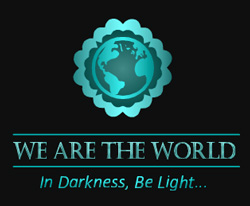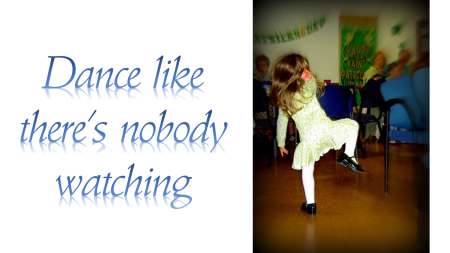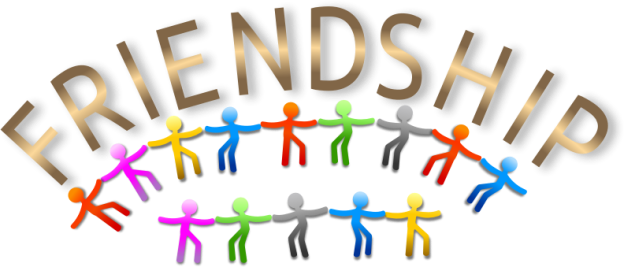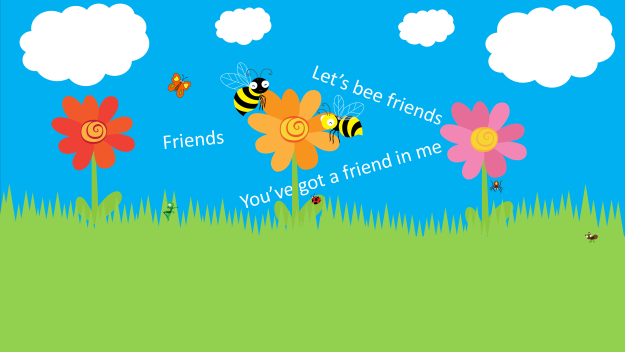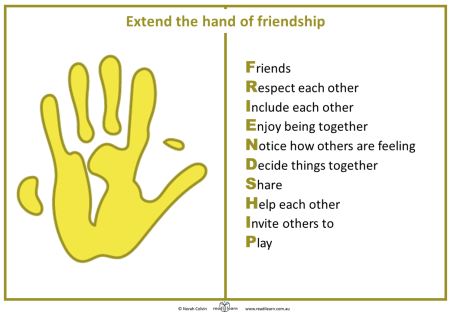
Almost every week since Charli Mills at Carrot Ranch Communications challenged writers with her first flash fiction prompt in 2014, I have written a 99-word story in response. Sometimes an idea forms quickly, like a cup of instant coffee. Other times the prompt needs to percolate interminably, before the flavour is rich enough to share.
This is one of those weeks.
In her wonderful post, Charli writes about the changing desert of Utah that she refers to as Mars, so different is the landscape from that of her beloved mountainous northern states.
Charli, a historian, seeks clues to lives past and finds traces from different times. “Life is like multiple disconnected plays that share the same stage over and over,” she muses.
She finds remnants of slag and uses it as an analogy to life, her life, and its changes, many forced upon her like the heat of a smelter and says that, “We are slag forged in the fires …, and want to fully transform into something of beauty and purpose.”
She concludes her post by challenging writers to “In 99 words (no more, no less) include slag in a story. Slag is a glass-like by-product of smelting or refining ore. Slag is also used in making glass or can result from melting glass. It can be industrious or artistic. Go where the prompt leads.”
I was lost. How could I possibly tie a challenge like that into the educational focus of my blog? As usual, my thoughts scattered. I guess that makes me a scatterbrain. But I am a scatterbrain with focus, looking for ideas everywhere, trying for the proper fit. Sometimes I’m surprised where I find inspiration.
A fellow participant in Charli’s challenges is Sarah Brentyn who blogs at Lemon Shark Reef. Sarah, who posted a piece called Transformation, also quoted Charli’s words about slag and transformation, and shared a tweet of her own from August 2016:
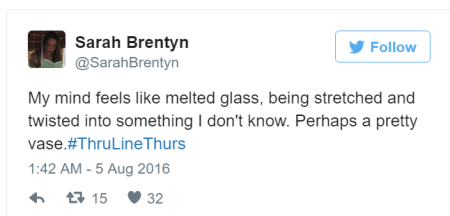
Interesting to me is that August 2016 is when readilearn, my website of early childhood teaching resources, launched; and my first readilearn blog post was published. That was almost three years to the day after my first post here on NorahColvin.com.
I could say that blogging has been a bit of a trial by fire, and that I too have, through both projects, endeavoured to create something of “beauty and purpose”, with NorahColvin forging the way for readilearn. No doubt a lot of slag has been manufactured and either shared or discarded in the process.
On her other blog Lemon Shark (she’s got two, I’ve got two), Sarah recently invited me through her post My New Blog Scares me #MyFirstPostRevisited to share my first blog post. She provided me with some rules to follow, so in this post, I will do my best to follow two sets of rules, Sarah’s and Charli. Or not. Rules are meant to be broken. Aren’t they?
I apologise for the length of this post which is really three rolled into one! Feel free to skip over or speed read any section you wish.
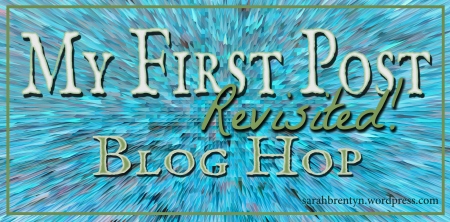
This is my very first post from 15 August 2013:
“Welcome to my blog. This is a whole new adventure for me and I am excited about where it may lead. I hope you will be inclined to pop in from time to time to share my journey and offer some encouragement along the way.
Since education is my life a good deal of what I write will focus on my thoughts and ideas about education and learning. Check out my poem Education is on the “Education is” tab to see how different I believe education and schooling to be. I would love to hear the ways in which you may or may not agree with me. I am in for a bit of education myself as I explore this new world (to me) of blogging and I know there are many wonderful teachers out there ready to teach me what I need to know.
“When the student is ready the teacher appears.”
I am ready.
Let the adventure begin!”
The post drew six comments (five from family and friends, one unknown from the blogosphere) and no likes.
Three years later, on 23 August 2016, I published my first readilearn blog post:
“Hi, welcome to readilearn, a new website of early childhood teaching resources.
I’m Norah Colvin, founder of readilearn and writer of all readilearn materials. I’m excited to be able to share them with you, and hope you find them useful in your early childhood classroom.
After making the decision to be a teacher at age ten, my focus has never wavered. I have spent most of my life thinking, reading, discussing and learning about education. I have always been involved in education in some way, whether as classroom teacher, support teacher, home educator, private tutor, play group leader, or simply parent and grandparent.
I am passionate about young children and their learning.
I plan to post on this blog about once a week, usually on a Friday, but that may vary from time to time. Through the blog I will keep you updated with information about new resources I add to the site, provide teaching suggestions, and discuss topics relevant to early childhood educators. I also invite you to follow my other blog NorahColvin.com, and join in the conversation there.
I believe strongly in the value of community and our ability to learn from each other. I welcome your feedback. If there are any topics that you would especially like me to address, suggestions for improvements to existing resources, or ideas for new ones, please let me know.
In this post I will simply invite you to explore the readilearn website to see what is available. You may register for free to download a variety of free resources, or subscribe to access all resources. I am particularly excited about the range of interactive resources I have available. I hope you are too.”
The post drew comments from three lovely supporters of this blog, including both Charli and Sarah who rate a big mention in this post. Thank you, lovely ladies, for your ongoing encouragement and support without which I wouldn’t have made it through those first three years.
It then became obvious to me. Isn’t this our role as teachers – to shape, to sculpt, to mould, and to help each child shine by appreciating their uniqueness, polishing their strengths and abilities, and encouraging each to turn their best side to the world?
This thought was further confirmed by a recent comment on an older post in which Anita Ferreri said that we teachers must try to pay it forward. Yes, that’s part of it too. We shape lives, hearts, and minds, as we work to create the future we wish to see. We pay it forward, not only for each individual, but through them to the unknown future. The ripple effect is a mighty powerful thing. Never underestimate the effect of one thought, one word, one action
So, thank you Charli, Sarah, and Anita, I am mixing up the thoughts, ideas, and challenges that your words have inspired, and (hopefully) refining them to mould something just a little artistic with both beauty and purpose. I hope you enjoy it.

The artist
They, each with a single colour, used packaged accessories to form identical sets of flat, life-less shapes. He worked by hand, collecting and incorporating their slag, as he explored the properties of his clump of multi-coloured dough. They proudly displayed neat rows of unimaginative templated shapes. With humble satisfaction, he regarded his creation with its countless possibilities. Each time they started again, they repeated the same familiar fail-safe patterns. Each time he began anew, exploring, seeking, discovering the dormant, hidden potential, sculpting to allow uniqueness to shine. They remained stuck in what is. He focused on creating the future.
Oh, I almost forgot. One of Sarah’s rules was to tag five people to carry on her #myfirstpostrevisited challenge. Um, well, I did say that rules are meant to be broken. If you have read thus far, thank you, and consider yourself tagged. If you would like to join in the blog hop and wish to do a little better at following the rules than I have, please pop over to Sarah’s post. I would love to read your first posts. Please leave a link, if you wish, or not, in the comments.
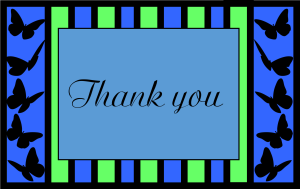
Thank you for reading, I appreciate your feedback. Please share your thoughts.

